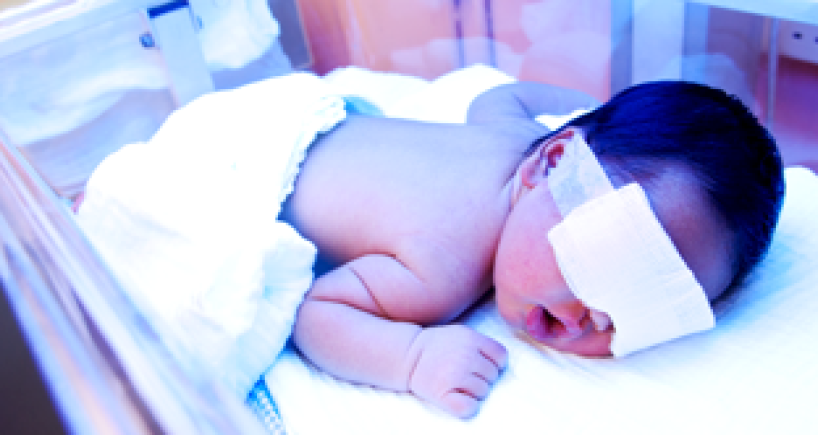
Radiology
Tackling Joint Pain
admin May 25, 2023
 Rheumatoid arthritis (RA) is an autoimmune disease that can cause chronic inflammation of the joints and other areas of the body. Auto-immune diseases are illnesses that occur when the body tissues are mistakenly attacked by their own immune system. In rheumatoid arthritis, the body’s immune system attacks its own tissues, causing joint pain, swelling and stiffness that can be severe. The condition can result in permanent joint damage and deformity.
It can affect people of all age groups. The disorder is much more common in women than in men. While rheumatoid arthritis is a chronic illness, meaning it can last for years, patients may experience long periods without symptoms. Rheumatoid arthritis, however, is typically a progressive illness that has the potential to cause significant joint destruction and functional disability.
Causes and risk
The cause of rheumatoid arthritis is unknown. Even though infectious agents such as viruses, bacteria and fungi have long been suspected, none has been proven as the cause. It is believed that the tendency to develop rheumatoid arthritis may be genetically inherited (hereditary). It is also suspected that certain infections or factors in the environment may trigger the activation of the immune system in susceptible individuals. The immune system then attacks the body’s own tissues. This leads to inflammation in the joints and sometimes in various organs of the body, such as lungs or eyes.
Major symptoms
Rheumatoid arthritis symptoms depend on the degree of tissue inflammation. Some of the symptoms include:
• Joint pain and swelling
• Involvement of multiple joints
• Other organ involvement such as eyes and lungs
• Joint stiffness
• Fatigue
• Lumps called rheumatoid nodules
Early rheumatoid arthritis tends to affect smaller joints. As the disease progresses, symptoms often spread to the knees, ankles, elbows, hips and shoulders. In most cases, symptoms occur on both sides of the body.
Treatment
There is no known cure for rheumatoid arthritis. The main goal of treatment is to reduce joint inflammation and pain, maximise joint function and prevent joint destruction and deformity. Early medical interventions have shown positive and improving outcomes. Proper treatment can improve function, stop damage to joints as monitored on X-rays and prevent work disability. Optimal RA treatment involves a combination of medication, joint-strengthening exercises, joint protection, rest, along with patient and family education.
Rheumatoid arthritis (RA) is an autoimmune disease that can cause chronic inflammation of the joints and other areas of the body. Auto-immune diseases are illnesses that occur when the body tissues are mistakenly attacked by their own immune system. In rheumatoid arthritis, the body’s immune system attacks its own tissues, causing joint pain, swelling and stiffness that can be severe. The condition can result in permanent joint damage and deformity.
It can affect people of all age groups. The disorder is much more common in women than in men. While rheumatoid arthritis is a chronic illness, meaning it can last for years, patients may experience long periods without symptoms. Rheumatoid arthritis, however, is typically a progressive illness that has the potential to cause significant joint destruction and functional disability.
Causes and risk
The cause of rheumatoid arthritis is unknown. Even though infectious agents such as viruses, bacteria and fungi have long been suspected, none has been proven as the cause. It is believed that the tendency to develop rheumatoid arthritis may be genetically inherited (hereditary). It is also suspected that certain infections or factors in the environment may trigger the activation of the immune system in susceptible individuals. The immune system then attacks the body’s own tissues. This leads to inflammation in the joints and sometimes in various organs of the body, such as lungs or eyes.
Major symptoms
Rheumatoid arthritis symptoms depend on the degree of tissue inflammation. Some of the symptoms include:
• Joint pain and swelling
• Involvement of multiple joints
• Other organ involvement such as eyes and lungs
• Joint stiffness
• Fatigue
• Lumps called rheumatoid nodules
Early rheumatoid arthritis tends to affect smaller joints. As the disease progresses, symptoms often spread to the knees, ankles, elbows, hips and shoulders. In most cases, symptoms occur on both sides of the body.
Treatment
There is no known cure for rheumatoid arthritis. The main goal of treatment is to reduce joint inflammation and pain, maximise joint function and prevent joint destruction and deformity. Early medical interventions have shown positive and improving outcomes. Proper treatment can improve function, stop damage to joints as monitored on X-rays and prevent work disability. Optimal RA treatment involves a combination of medication, joint-strengthening exercises, joint protection, rest, along with patient and family education. 









